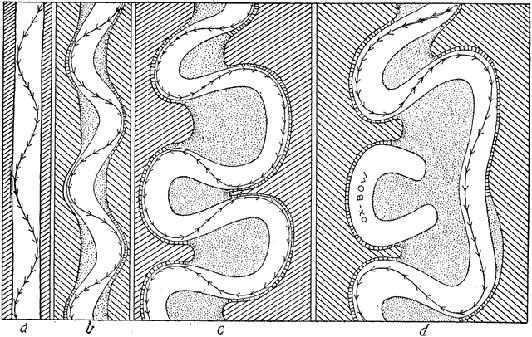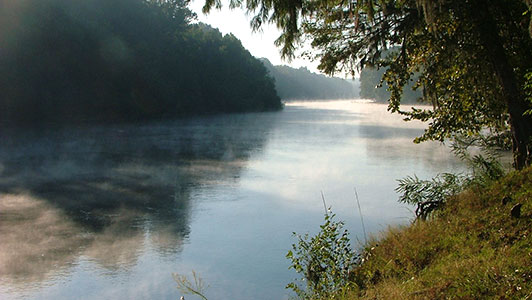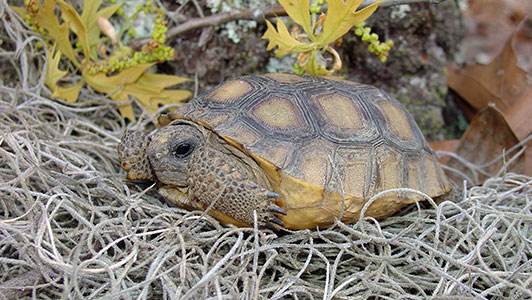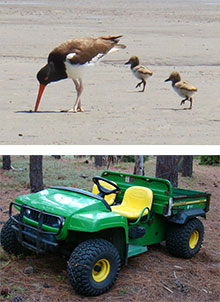
by lizzi | Nov 10, 2017 | Newsletter Vol. 4, Project Profiles
Fat Meat Point, Saucy Boy Point, High-Low-Jack-and-the-Game Point, Spanish Cut, Wildcat Cut, Devils Elbow, Royal Lake — names leap from old navigation charts tracing the Savannah River as it winds from Augusta to the Port of Savannah. But following a century of...

by lizzi | Nov 10, 2017 | Newsletter Vol. 4, Project Profiles
Floating along the Savannah River’s forested banks, you probably aren’t thinking “Wow, what a great water treatment facility!” Maybe you should. Nearly two-thirds of America’s clean water supply comes from stream flow cycled through...

by lizzi | Apr 12, 2017 | News & Updates, Newsletter Vol. 3, Project Profiles
When a conservation initiative protects an at-risk species and business and industry interests at the same time, it’s a win-win for Georgians across the board. The Gopher Tortoise Initiative does just that. Supporters for this collaborative effort include federal...

by lizzi | Nov 15, 2016 | Newsletter Vol. 2, Project Profiles
During the 2016 Conservation Donors Roundtable, The National Fish and Wildlife Foundation (NFWF) announced the award of a $75,000 grant to the Georgia Department of Natural Resources Non-Game Division (DNR) and several partners for monitoring, studying, and protecting...

by lizzi | Nov 15, 2016 | Newsletter Vol. 2, Project Profiles
An anonymous donor took major action this July with a $1 million challenge grant to the St. Simons Land Trust’s Campaign to Preserve Musgrove. “Now is the time to take care of this island,” he said, citing land conservation as a great way for folks to make a positive...

by lizzi | Nov 15, 2016 | Newsletter Vol. 2, Project Profiles
Federally threatened loggerhead sea turtles have reached an important milestone this year on Georgia’s coast – over 3,000 nests were laid along 14 barrier island beaches. This marks the highest number of nests recorded in the state in the 30+ years that our beaches...







